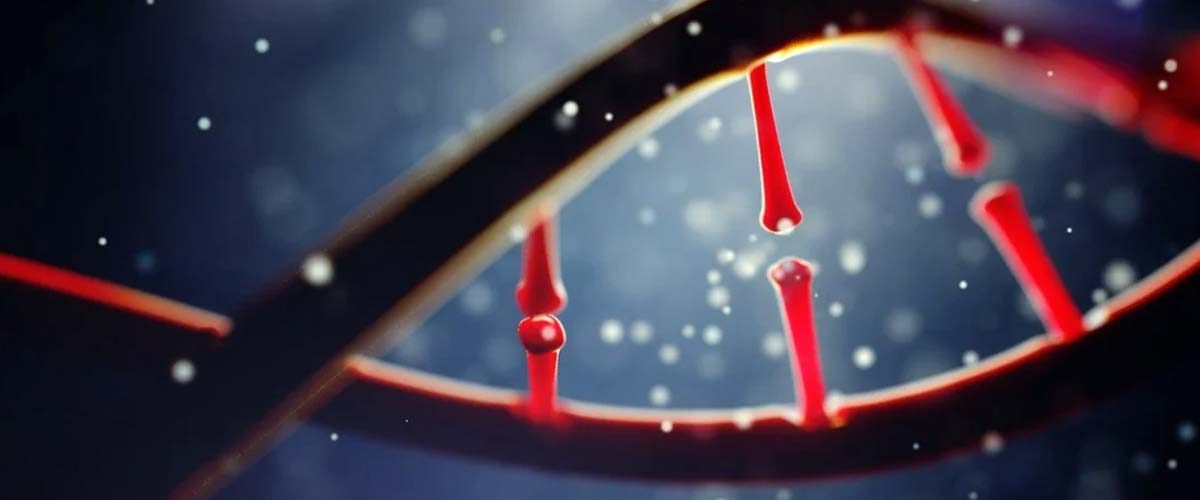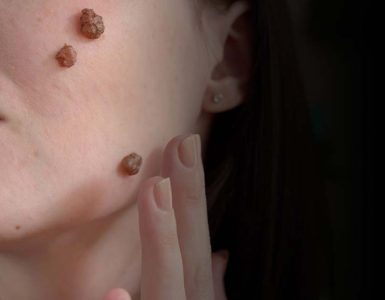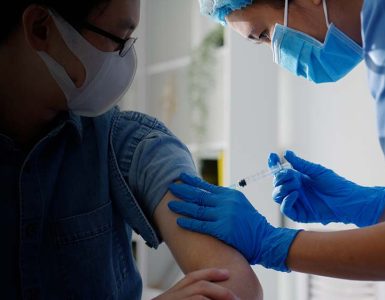Detections of RNA of severe acute respiratory syndrome coronavirus 2 (SARS-CoV-2) on its prolonged recurrence in the positive PCR test has been usually reported in recovered patients of COVID-19, even in those patients who do not shed infectious virus. There hasn’t been much evidence to explain the reason behind positive PCR for viral RNA, many weeks after the initial infection in the absence of evidence for viral replication. Liguo Zhang and team explained the reason behind this as the ability of SARS-CoV-2 RNA to reverse transcribe and integrate into the genome of an infected cell which can later be expressed as chimeric transcripts by combining viral sequences with cellular sequences.
SARS-CoV-2 are RNA viruses, like other beta-coronaviruses, its genomic RNA and transcribe sub-genomic RNAs are formed by its RNA-dependent RNA polymers. It might be possible that that the continued detection of this virus in the absence of virus reproduction can be due to the DNA copies of viral sub-genomic RNAs that may become a part of human (host) DNA by reverse transcription. The researchers have proved that SARS-CoV-2 can use LINE1 (Long Interspersed Nuclear Elements) mediatedretro-positive mechanism to become a part of the host’s genome. They identified those integrated viral sequences producing the viral transcripts.
Some evidence proposes that some “re-positive” cases of COVID-19 weren’t actually by reinfection. The coronavirus has the potential to be copied and paste into our genome, haunting our cells long after infection. Though not every scientist agrees to it, there are shreds of evidence in favor of it.
This study has been published before getting into the peer-review process, therefore, has to face cynicism by other research. They argue that the viral human sequences can be the artifacts of the same method that is used to find them. While other debate that this research could add fuel to the fire of already escalating fear among masses that virus can alter our DNA, making it difficult to vaccinate population. Though the primary researchers themselves have agreed to the relevant concerns and criticism, they are in search of stronger and bigger data to justify their findings.
The work of these researchers has now gone through peer-review and the team instead of searching for chimeras of SARS-CoV-2-human genetic fragments and looking for clues of virus acquisitioning our transcription machinery, are now watching for evidence of viral sequences inside the human genome. For this purpose, they used 3 separate DNA sequencing methods to warrant their findings weren’t an artifact of any one technology. Interestingly, they observed that the genetic material or coronavirus slithered into the genetic library of deliberately infected host cells. They were randomly inserted in the upside-down fashion, with these rouge elements coded as signatures, usually known as transposon or jumping gene. Indicating that they fall out of place to insert back into the genome somewhere else.
These transposons used the enzymes for the previous viral infection. One such class of sequence, LINE1 retrotransposons, that could give coronavirus access to our DNA has been detected at the junction of the viral sequence to the cellular DNA making 20 base pair duplication. The only fact that leaves doubt is that the research is done in the lab-infected cell culture and not on an actual human host.
Keywords:
SARS-CoV-2, COVID-19, PCR, SARS-CoV-2 RNA, reverse transcription of CoV-2, LINE1 retrotransposons, Long Interspersed Nuclear Elements
















Add comment